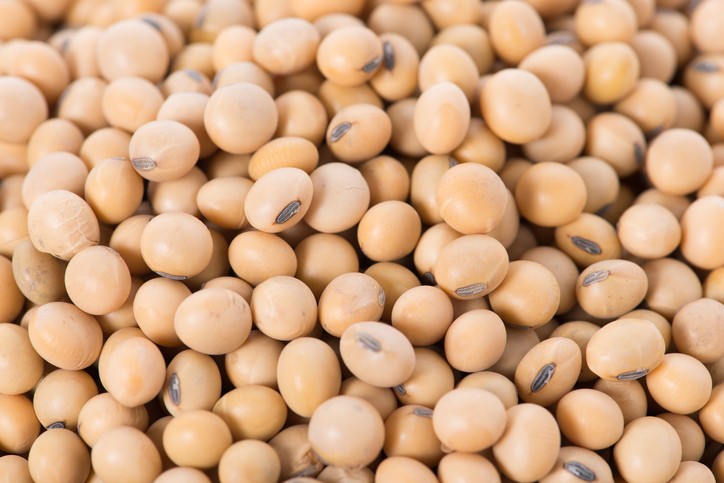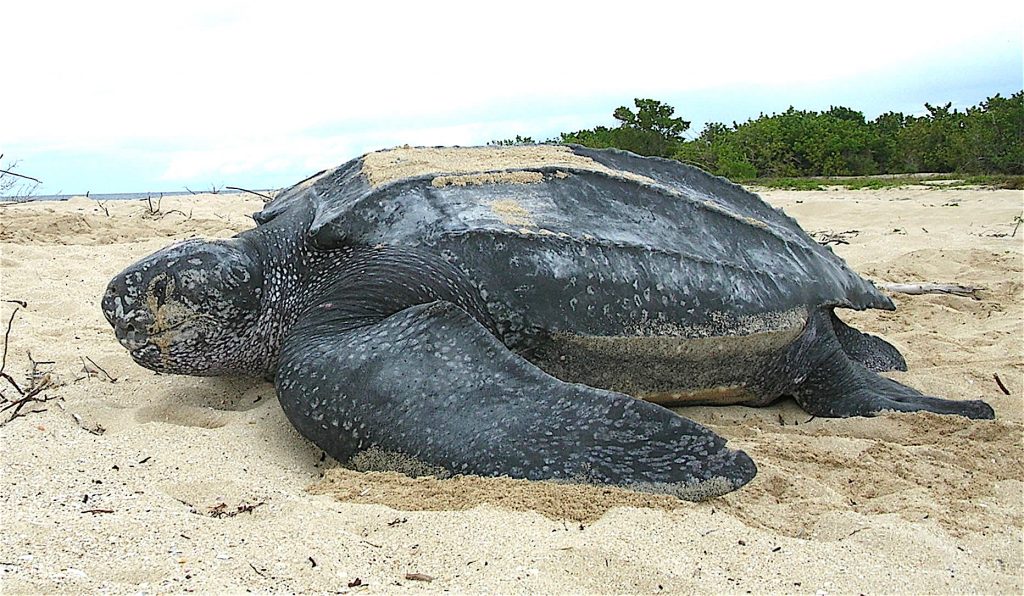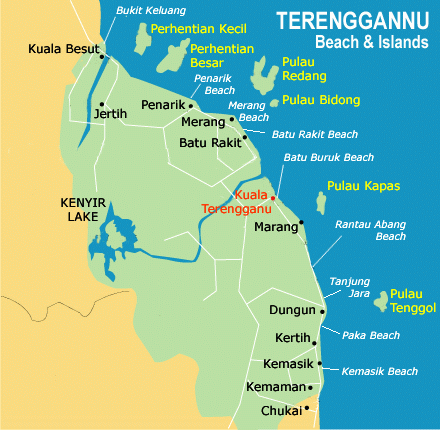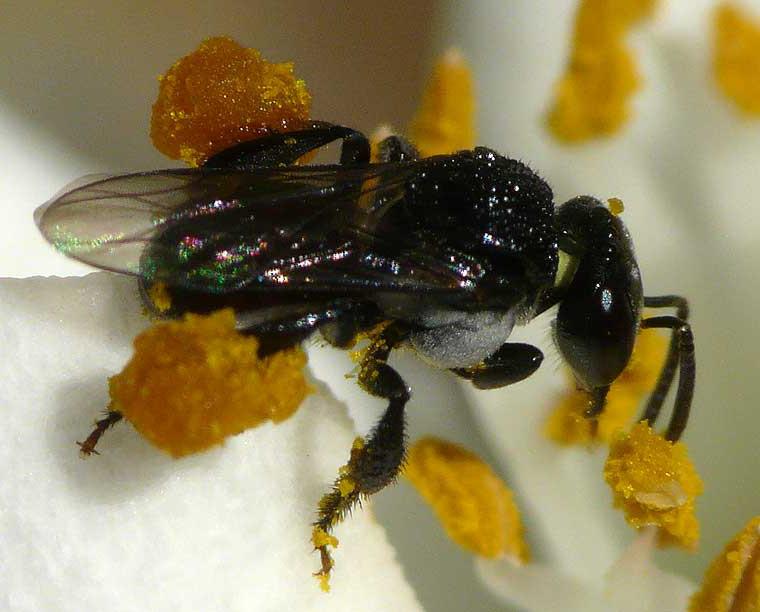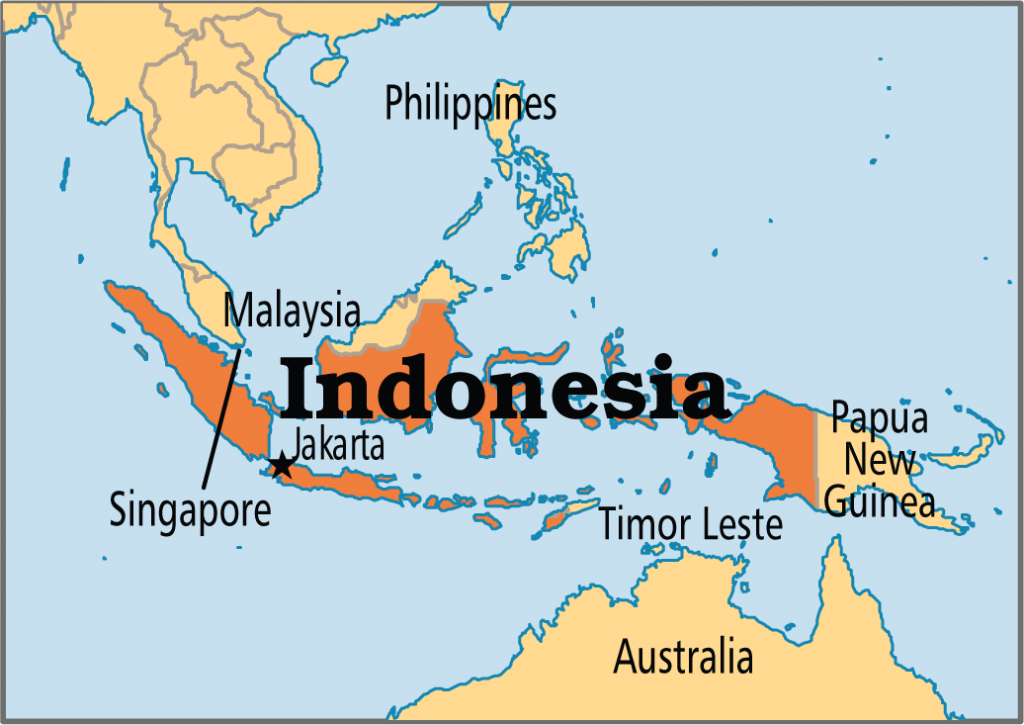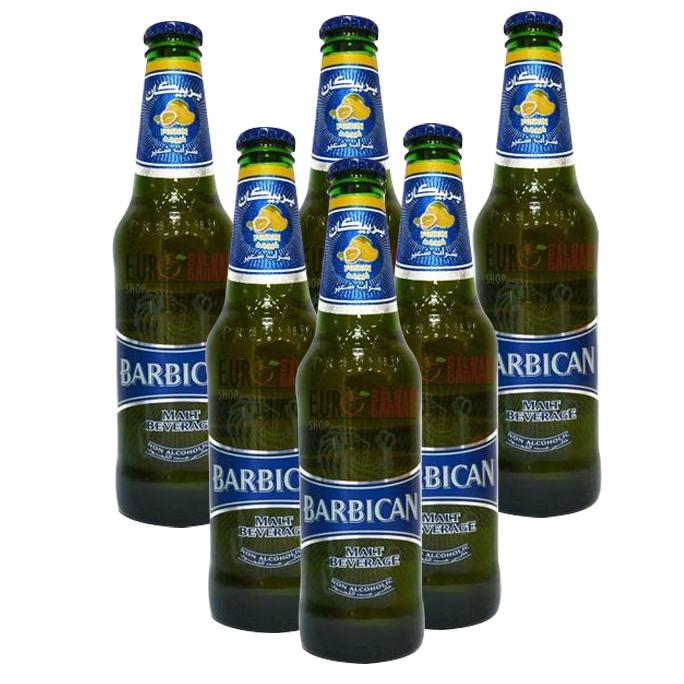Serai kayu – remedy for treating hypertension in East Coast of Malaysia
Posted on
Syzygium polyanthum, common names Indonesian bay leaf in English, serai kayu in Malay is a mildly aromatic species of a wild flowering plant native to South East Asia under the Myrtaceae family. The plant is called by various names in Indonesia and Malaysia. In Indonesia its other names are daun salam, meselengan, ubar serai, gowok, manting and kastolam. In Malaysia the name serai kayu is more widely used in the east coast states of Kelantan and Terengganu in Peninsular Malaysia. In the west coast it is often call daun samak or daun salam. Used as food seasoning, serai kayu is often confused with Mediterranean bay laurel (Laurus nobilis, Lauraceae) which is used as food seasoning and flavoring. Serai kayu may to a certain extend has similar foliage and aroma to bay laurel but is from a different family.
The serai kayu plant or tree can grow to a height of 30 metres. The leaves are elliptic of 5 to 13 centimeters long and 3 to 6 centimeters wide. They are dark green in color and have a distinct aroma when crushed. The leaves contain citral and eugenol oil, tannin and flavanoid. The tree bears clusters of small, cream-colored flowers which attract bees, butterflies, wasps and other insects for nectar (good news for all beekeepers). The flowers produce whitish green drupes (small single seed fruits like berries) that turn to pink and dark red when fully ripe which attract birds, squirrels et cetera. The tree is of medium hardwood and suitable for making furniture and other house items. The leaves are the most important and sought after part of the plant, while the barks, roots and fruits are less frequently used though has medicinal value as well. The plant is easy to propagate, either from fruits (seeds) or cuttings.
Serai kayu trees used to be quite common in the country but with the flow of time, many were discarded and replaced with other more commercially valuable trees and somewhat forgotten. Nowadays, except in Kelantan and Terengganu, they are quite hard to find in the peninsular. The trees are relatively easy to find in these two states as their leaves feature prominently in many local dishes. Also in the two states their uses in traditional medicine are better known, hence are often kept or even planted at the back of the house for future uses when the need arises.
Use of serai kayu for cooking
In the states of Kelantan and Terengganu, in certain dishes the leaves are used more than just for seasoning. In dishes such as nasi kerabu, laksa and laksam for example, serai kayu leaves are such important ingredients that without them the dishes are considered incomplete. The leaves are also taken with rice as salads or ulam with or without sambal belacan (a side dish of blended or pounded chilly, shrimp paste, salt and squeezed lime juice taken with rice to complement the fish or ulam) or budu (fermented anchovies). In Indonesia the leaves are used as seasoning in cooking, usually in chicken, meat, fish and vegetable dishes. They give out a distinct pleasant aroma, much in the same way as bay leaves (bay laurel) are used in Mediterranean dishes.
Use of serai kayu in folk medicine
In the east coast states of Kelantan and Terengganu, the leaves of serai kayu are used to treat hypertension, high cholesterol, diabetes mellitus, gastritis, and diarrhea among others.
As for hypertension it has been a subject of study by a team of researches from the Universiti Sains Malaysia (USM) Kubang Krian campus in Kelantan. The team had done a laboratory study on the treatment for hypertension using serai kayu on rats. In the study it was found that serai kayu was effective in lowering the blood pressure of the rats by as much as 30%. This research by the USM team was conducted in relation to the findings obtained from the National Health Morbidity Surveys (NHMS) done in 1996 and 2006. The findings revealed inter alia, a much lower than expected incidence of hypertension in Kelantan vis-à-vis the national average. The figure for Kelantan was only 13.9% while national average was 40.5%. (In the first NHMS conducted in 1996, 32.4% or 2.6 millions of Malaysian above 30 years old had hypertension. In the second survey done ten years later, the percentage of Malaysian above 30 that had hypertension had jumped to 40.5%. Ironically however for the state of Kelantan, from out of 2,508 subjects surveyed, only 13.9% had hypertension). This revealing article had appeared in the online version of Berita Harian, a Malaysian newspaper on 30th, September 2014.
From the research conducted one can surmise that consuming serai kayu on a regular basis, as well as taking serai kayu as remedy for hypertension were likely factors that contributed to the lower incidence of hypertension recorded in the state. It is common knowledge that many people in Kelantan and Terengganu took to serai kayu as a remedy for hypertension. Serai kayu features prominently in many foods there as well.
Awareness is on the rise
People are now rediscovering serai kayu as a prized plant, not just as a food seasoning but also as a remedy for various illnesses. Its medicinal value has long been known in traditional medicine but the knowledge was not widespread and developed enough to gain wider acceptance. This could be due to the lack of Research and Development (R&D) as well as communication limitation. However, with the digital technology and the widespread use of social media, time is changing and the futures looks brighter. Now, more and more people are talking and discussing about the subject in blogs and facebooks. Even universities and other research institutions are undertaking various researches on this subject. All aimed at either to unearth more of its secrets, to confirm what has already been known or to commercialize the findings. It is interesting to see that serai kayu saplings are now easily available in nurseries, both conventional and online, and people are buying them. Serai kayu products in powder and extract forms are also already on the market.
Besides uses in culinary and medicine the plants have the potential to be used as ornamental trees and beautify the landscape. They have nice foliage and crowns to do the job especially when they bloom. They can also be grown to provide shades in gardens, parks, parking lots et cetera.
Comments by Dato’ Dr Anuar Md Nor
The serai kayu is a multi-purpose tree. Its leaves and fruits are used in dishes and treatment of various aliments. Its fruits feed various birds. Unfortunately, the serai kayu tree has been abandoned for more commercial trees.
Everyone must plant the serai kayu tree to sustain its species for our future generation.
About the guest contributor
Mr Ahmad Rozi is a stingless bee farmer in Terengganu, Malaysia. He writes on interesting topics about foods, places and traditional medicines in his state and region.









